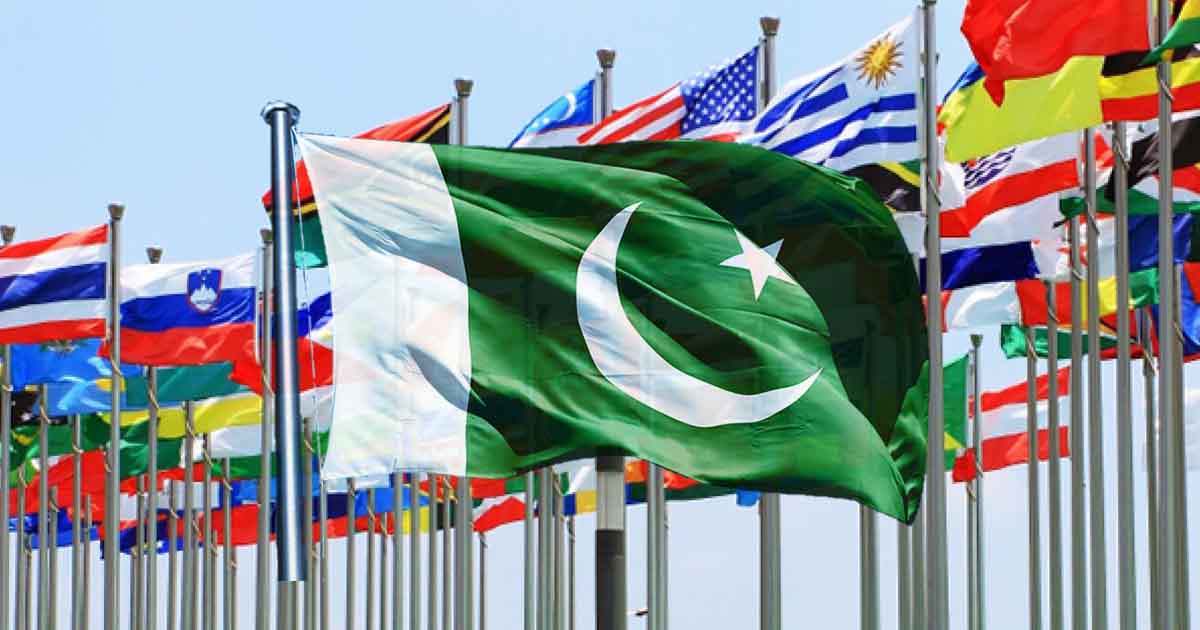Editorial
A recent meeting between Caretaker Commerce Minister Gohar Ijaz and the business elite highlighted the challenges and opportunities on the path to achieving Pakistan’s ambitious export target: increasing exports from $25-30 billion to $100 billion within five years. While the meeting didn’t reveal any groundbreaking insights, it shed light on critical issues that demand immediate attention to propel the economy forward.
The debate inevitably began with calls for “tax reforms” and “expanding the tax net.” This is understandable, as growing the economy requires a larger tax base and improved compliance to generate the necessary revenue. However, the practicalities are complex. According to the commerce ministry’s own estimations, achieving the $100 billion export target necessitates doubling the economy’s size from $350 billion to $1 trillion within five years. This requires a substantial increase in tax revenue to fuel such expansion. The government’s current approach of relying heavily on indirect taxes to meet stringent IMF revenue targets raises questions about the feasibility of implementing meaningful tax reforms. With limited fiscal space and the IMF’s watchful eye, it is unclear if there’s room or time for comprehensive reforms.
Furthermore, while the industry readily voices its desire for tax reforms, it often becomes the biggest obstacle when it comes to contributing. The minister’s references to specific industries opposing reforms they previously requested highlight this contradictory stance. This cycle hinders progress towards a sustainable and thriving economy.
Another key demand from the business community is incentivizing industry. However, the government’s financial constraints, coupled with IMF restrictions, prevent it from providing direct subsidies. This creates a vicious dilemma: the government needs to support businesses to drive economic growth, but its resources are limited.
Currently, the government’s focus lies in restoring confidence in the local economy. The recent crackdowns on smuggling, particularly illegal dollar movement, have stabilized the rupee and instilled optimism in the capital market.
A crucial shift is needed from exporting excess production to producing specifically for exports based on international market demand. This requires framing production policies around global market trends instead of simply relying on surplus exports. Diversifying the export basket beyond the current dominance of textiles ($17 billion) is essential for long-term success. As of June 2023, non-textile and agri products only accounted for $5 billion in exports. Unfortunately, Pakistan’s export policies have lacked this strategic approach for over five decades, resulting in stagnant export trends.
While the ambition to reach $100 billion in exports within five years is commendable, it’s critical to set realistic goals and timelines. The government should prioritize supporting businesses in identifying new markets and products while acknowledging the existing limitations. A more measured approach with achievable milestones is necessary to move closer to the desired target.
Finally, Pakistan’s ambitious export target requires immediate and comprehensive action. Addressing critical issues like tax reforms, incentivizing industry, and adopting a strategic approach to export production are essential. While the government’s efforts to restore confidence are welcome, a more realistic timeline and achievable milestones are needed to ensure the long-term success of this ambitious endeavor.
Please, subscribe to the YouTube channel of republicpolicy.com

















